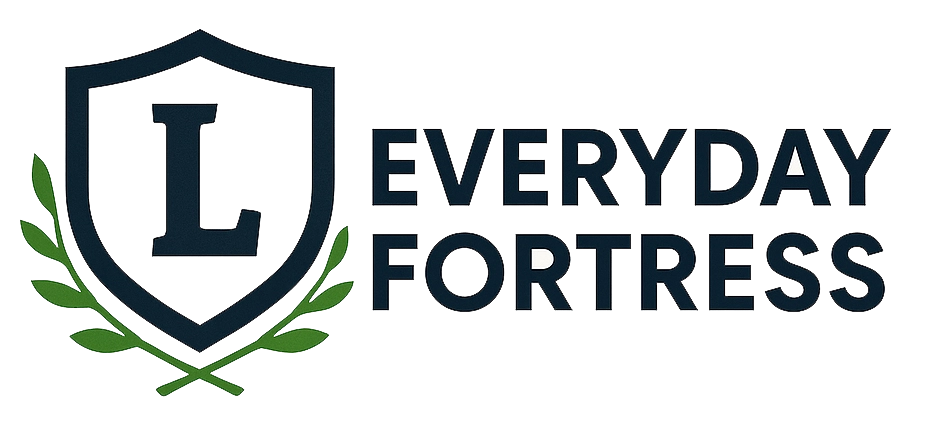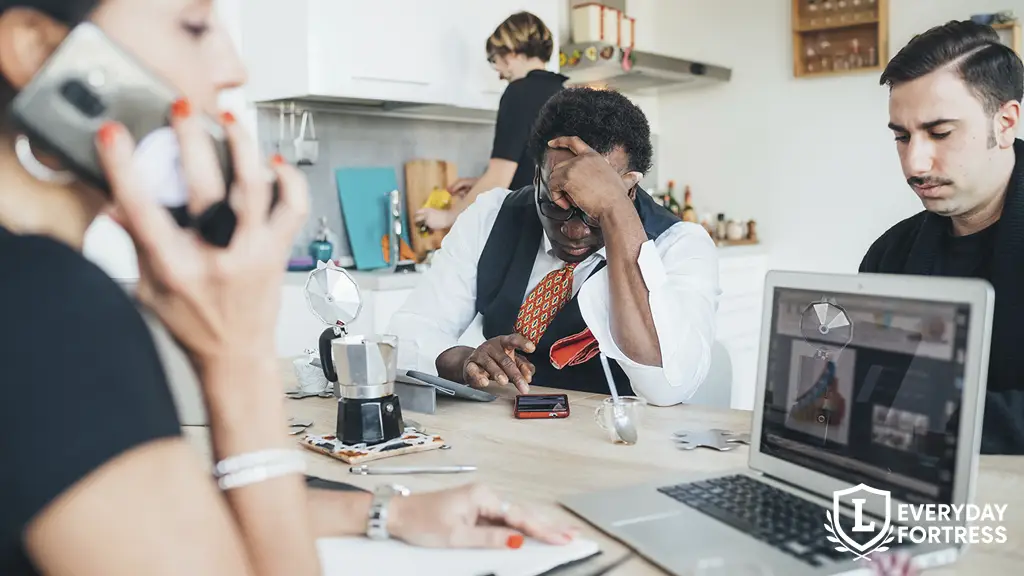Most people don’t plan for what happens to their Facebook, Instagram, or TikTok accounts when they die. But your digital presence doesn’t disappear on its own. If left unmanaged, social media accounts can remain active for years — open to identity theft, unauthorized access, or even painful reminders for loved ones.
Understanding what happens to your social media when you die helps you take control of your digital afterlife before it’s too late.
Why Your Digital Life Doesn’t End When You Do
When someone dies, their physical belongings usually go through a formal process — a will, an executor, or probate court. But digital accounts? They’re typically left behind, unaddressed, and unprotected.
Unlike traditional assets, social media accounts fall into a legal gray area. Without prior planning or shared login access, platforms won’t let others take control or even close the account — unless very specific steps are followed.
This creates confusion, delay, and emotional distress for family members trying to manage your digital legacy.
What Social Media Platforms Do After You Die
Social media companies each have their own policies about what happens after a user’s death. Here’s how the biggest platforms handle it:
Facebook: Memorialization or Deletion
Facebook allows two options:
- Memorialized Account: The word “Remembering” is added above your name, and friends can still post tributes. Your account is locked from login.
- Account Deletion: Your account is permanently deleted after death — but only if you set this up beforehand.
You can also designate a Legacy Contact who will manage your memorialized profile. They can change your profile photo and write a pinned post, but they can’t log in as you or view private messages.
You can read Facebook’s official memorialization policy here.
Instagram: Memorialized Profiles Only
Instagram, owned by Meta, offers memorialization only — not deletion, unless requested by a verified immediate family member.
Once memorialized:
- No one can log in
- Posts remain visible
- The word “Remembering” appears
There is no legacy contact system for Instagram.
Twitter/X: Account Deactivation Only
Twitter (now X) does not memorialize accounts. Instead, it allows authorized individuals (such as next of kin or an estate executor) to request account deactivation after death.
You must submit:
- Proof of death
- Proof of your authority to act on behalf of the deceased
The process is manual and slow. If no one requests deactivation, the account remains visible and vulnerable.
TikTok: No Public Policy Yet
TikTok currently lacks a clearly defined policy for managing accounts of deceased users. Requests to close an account must go through customer support and include:
- A death certificate
- Legal proof of your relationship to the user
There is no memorial option at this time.
Google/YouTube: Inactive Account Manager
Google allows you to use the Inactive Account Manager, a proactive tool that lets you:
- Set inactivity time (e.g., 3 months of no login)
- Notify specific people
- Share or delete data (Gmail, YouTube, Drive)
This system applies to all Google services. You must set it up while alive, and it only triggers after prolonged inactivity.
What Happens If You Don’t Do Anything
If you don’t take action before your death, what happens to your social media when you die is largely left to chance — or to whichever family member gets to it first.
If no action is taken, your accounts remain as they were — indefinitely. That may sound harmless, but it can lead to:
- Identity theft: Hackers often target inactive accounts
- Emotional distress: Loved ones might keep getting birthday reminders or photo memories
- Disputes: Multiple family members may argue over who has the right to manage your digital footprint
- Loss of content: Photos, videos, and messages may be locked away forever
Digital death isn’t just a tech issue — it’s a legal and emotional one, too.
How to Prepare for Your Digital Afterlife
Here are steps you can take today to ensure your online presence is handled respectfully and securely after death:
1. Create a Digital Will
A digital will is a written plan for your online accounts, passwords, and preferences. It’s not always legally binding, but it can guide your executor or loved ones.
Include:
- List of accounts (social media, email, cloud)
- What you want done with each one
- Who should handle them
2. Assign a Legacy Contact (Where Possible)
Facebook allows you to assign a Legacy Contact. Google allows you to pre-authorize trusted individuals. These settings take just a few minutes and can prevent weeks of frustration later.
3. Use a Password Manager
Services like 1Password and Bitwarden allow you to share access with trusted people in case of death or emergency — either through digital inheritance features or emergency access options.
4. Write Down Your Preferences
If you prefer not to use digital tools, at least document your wishes. A physical file or written plan stored securely can be invaluable.
State things like:
- Which accounts should be deleted or kept
- Whether you want your profile memorialized
- What you don’t want shared publicly
5. Talk to Your Family
This may be the hardest step, but it’s the most important. Let someone know your plan. If you have a will, include a note about your digital instructions.
🧠 You May Wanna Check Out:
Final Thoughts
Most people never think about what happens to their social media when they die — until it’s too late. But taking just a few minutes to set up a digital will, assign legacy access, or share your preferences can make a world of difference.
Your digital life is part of your legacy. Planning ahead ensures it ends with dignity, not confusion.


